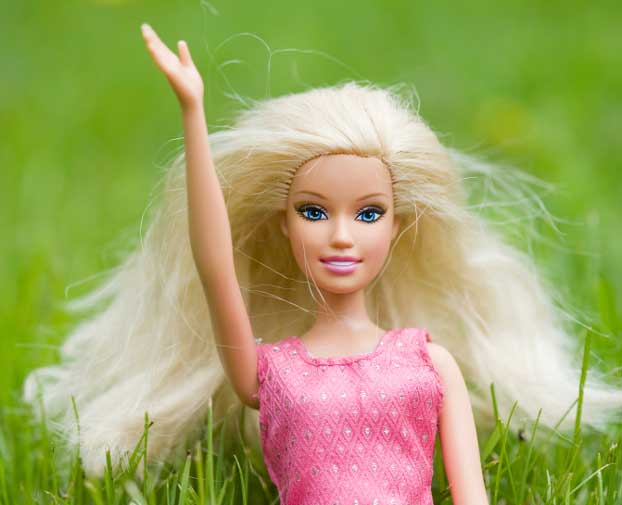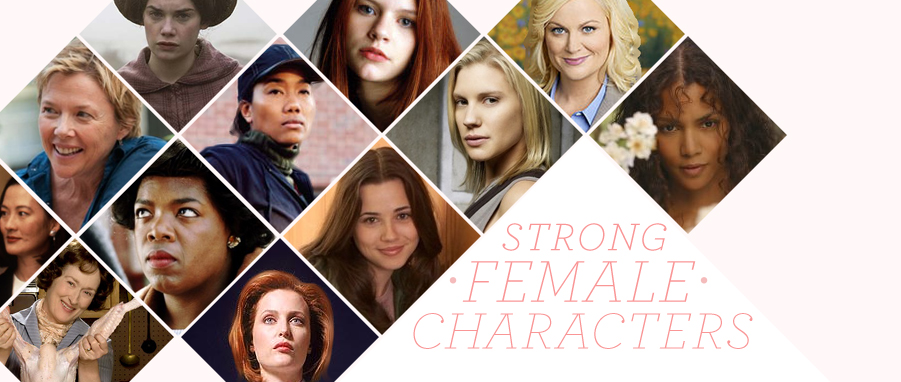 While shopping for Christmas presents for the young children in my life, I was able to get reacquainted with the toy aisle, with all the nostalgia and wonder that entails. It’s a feeling akin to what happens when I step inside my childhood closet, still so snugly preserved in my room at my parents’ house, which overflows with shelves of vintage Barbies, Littlest Pet Shops, Polly Pockets, trolls, stuffed Disney characters, and Happy Meal toys of yore.
While shopping for Christmas presents for the young children in my life, I was able to get reacquainted with the toy aisle, with all the nostalgia and wonder that entails. It’s a feeling akin to what happens when I step inside my childhood closet, still so snugly preserved in my room at my parents’ house, which overflows with shelves of vintage Barbies, Littlest Pet Shops, Polly Pockets, trolls, stuffed Disney characters, and Happy Meal toys of yore.
The kid part of me rejoiced in the possibility of the toys and was immediately drawn to all those that are obviously aimed at the female gender. The social critic in me, however, registered shock at the sheer catastrophe of gender and racial normativity that the American toy aisle promotes (i.e., the marketing aimed at boys vs. girls; the way dolls default to white, blonde, straight-haired, blue-eyed). This caused me to reevaluate my own historical relationship with toys and the ways in which toys shape our understanding of the world from a very young age---and what, potentially, could be addressed to improve them in the future.
Take Barbie and her absurdly voluptuous figure which, achieved in a human, would probably point to severe physiological abnormalities and health problems. Incidentally, when Barbie appeared on the toy scene in 1959, many mothers were indignant about her “sexy” image. But despite this she went on to become the standard-bearer of dolls for the next half-century because Mattel understood that little girls often like to think forward, to what they aspire to be when they get older; and Barbie’s body, distorted as it may be, represents our society's ultimate feminine beauty ideal. Also-- while Barbie has brunette, redheaded, and minority friends, the woman herself is always as white, blond, and blue-eyed as her legs are long.
My own Barbie drawer, by the way, overflowed with blondes. I had roughly forty Barbies with an approximate demographic breakdown of 96% Caucasian, of which 96% were blonde. A good portion of the non-blondes (and non-whites, for that matter) were Disney characters---Jasmine, Pocahontas, Belle and Ariel. Other non-blondes included a Hawaiian doll and a 1996 Olympic gymnast that I named Dominique in honor of Ms. Dawes. A rainbow coalition it was not. More likely, it was probably a contributing factor to an early childhood desire to be blue-eyed, fair-skinned, and blonde.
A slightly more inclusive and educational doll franchise is the American Girl line, which features tweenish girl characters of diverse backgrounds from important periods in American history. Each doll comes with multiple cultural outfits and her own series of books. Of course, most of the characters are white and a good number are blonde, but there is an effort at representation of minority backgrounds, most notably in characters like Addy, Kaya, and Josefina.
However, these characters’ stories don’t necessarily do much to present complexity to minority stories: Addy is a runaway slave, and one of Kaya’s playsets is a horse, saddle, and tepee. While there are definite positive efforts going on here, it would be great to be presented from time to time with minority characters who aren’t merely historical and tied to a mythic essential identity---instead, maybe breaking with tradition by having a Native American girl living in the 1970s, a black girl living during World War II, and giving children of color someone to identify with in the now (or relatively now)---which, unlike white children, they often don’t have readily available.
(A possible response to the minority doll question: American Girl’s popular “design-your-own-doll” feature, which encourages girls to choose the hair color, skin color, eye color, and facial features of their doll to ostensibly resemble themselves.)
And while we're on the normativity train, lest we forget that the toy industry also has the teensiest tendency to reify gender categories and designate which types of toys boys and girls “should” want to play with, usually tying into concepts with wider implications like respective household roles, occupations, and standards of appearance. So few playthings for the over-4 set are gender neutral---really, the marketing of toys is probably one of the earliest socialization experiences we have, when it comes to gender traits and aspirations. More could be said on this, but I think this kid kind of sums it up.
I'm wondering if the upcoming gender neutral EZ Bake Oven is a sign o' the changing times? Or a testament to the power of the individual to contest the deeply-entrenched normative stereotypes in the toy industry?

